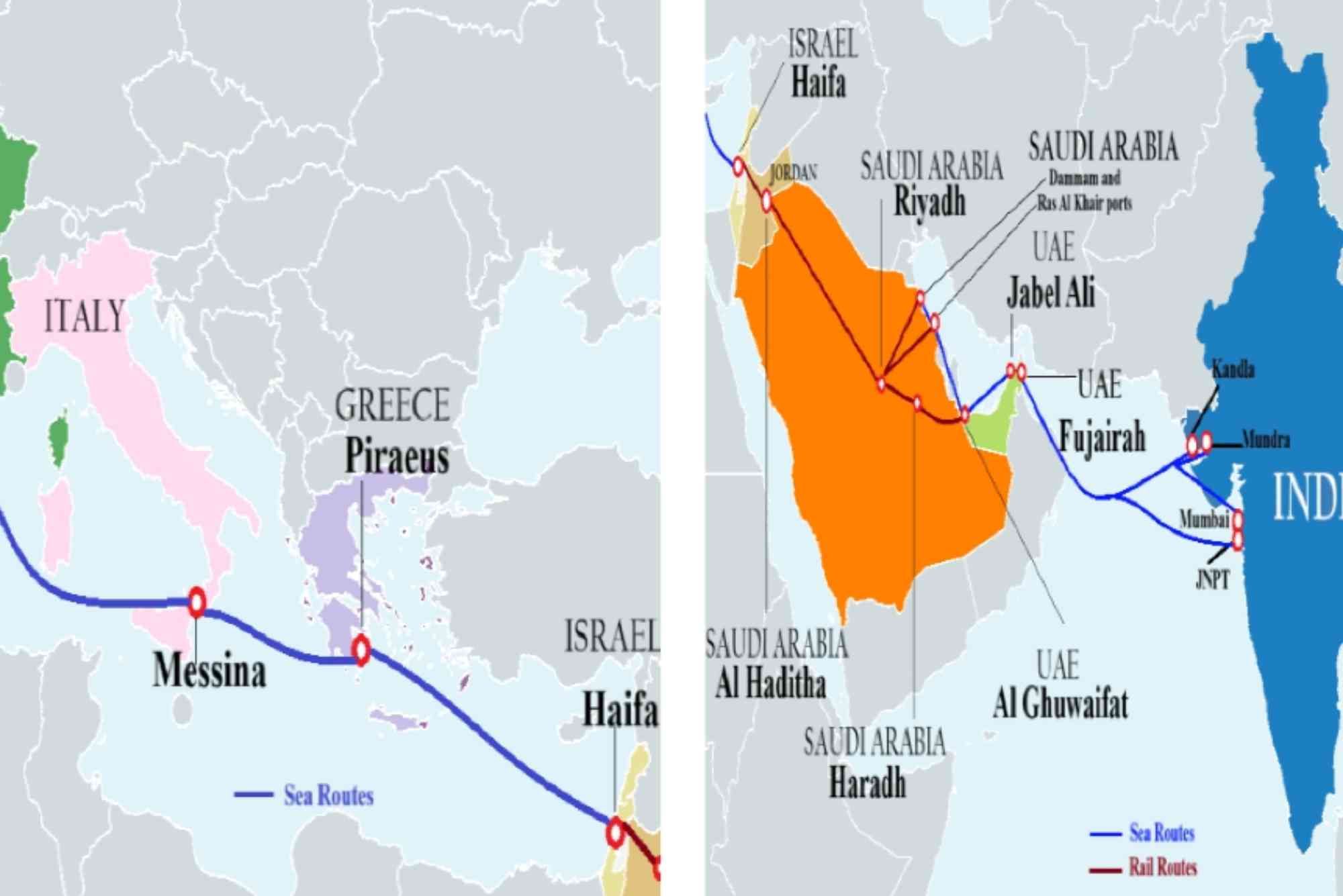In a groundbreaking development set to reshape the logistics and trade landscape across the Gulf region, a coalition of national transport ministries and leading port authorities today announced the signing of a Cross-Border Rail Pact that will connect major Gulf seaports to a newly established network of inland distribution corridors. This initiative aims to accelerate regional integration, streamline cargo movement, and create new trade routes across the Middle East and beyond.
The agreement—signed by representatives from several Gulf Cooperation Council (GCC) member states—marks one of the most ambitious rail-linked logistics developments in the region’s history. The new corridors will serve as critical extensions of key maritime hubs, enabling cargo to move seamlessly from ports to inland economic zones, industrial clusters, and cross-border markets.
Transforming Regional Trade Flow
The Cross-Border Rail Pact is expected to dramatically reduce shipping times between major Gulf ports and inland destinations, cutting transit durations by up to 40 percent for certain high-volume routes. By integrating rail infrastructure directly into distribution networks, the initiative supports more predictable cargo handling, reduces road congestion, and enhances the region’s standing as an advanced logistics gateway linking East and West.
Officials emphasized that the project aligns with long-term economic diversification strategies, including Saudi Vision 2030 and UAE’s Logistics 4.0 agenda, both of which highlight the central role of modern transport infrastructure in stimulating non-oil economic growth.
Strategic Benefits for Ports and Logistics Zones
Under the new pact, Gulf ports such as Jebel Ali, Dammam, Hamad, and Khalifa Port will be linked to multiple inland distribution corridors, including dry ports and advanced logistics parks located in key economic zones. These inland hubs will offer integrated customs facilities, bonded warehousing, last-mile distribution services, and digital cargo tracking systems.
The rail network will support:
Increased cargo throughput, enabling ports to handle greater volumes with improved efficiency
Reduced reliance on long-haul trucking, lowering emissions and improving road safety
Greater resilience in supply chain operations, mitigating risks from port congestion
Enhanced regional competitiveness, positioning the GCC as a major logistics powerhouse
Public–Private Sector Collaboration
A central feature of the pact is its hybrid governance model, combining public-sector infrastructure development with private-sector operational expertise. Several major international logistics operators have already expressed interest in partnering to offer rail-enabled freight solutions.
According to preliminary projections, the project could generate over $15 billion in economic value over the next decade while supporting thousands of new jobs across sectors such as transport, construction, technology, and warehousing.
For more information on global rail logistics best practices, stakeholders can refer to resources such as the International Union of Railways via the anchor link:
👉 Global Rail Freight Standards
First Phase Launch and Technical Enhancements
The first operational phase of the new rail network is scheduled for launch in Q3 2026. This initial stage will connect select port terminals to strategic inland dry ports, with future expansions planned to include cross-border freight corridors reaching further into the Levant region and other emerging markets.
Key technical enhancements will include:
Automated cargo handling powered by AI and robotics
IoT-based rail monitoring, improving safety and predictability
Unified digital documentation platforms enabling paperless customs processes
Sustainable engineering design, incorporating renewable energy where feasible
These advancements are projected to elevate the GCC’s rank among the world’s leading integrated logistics ecosystems.
Strengthening Global Supply Chain Confidence
As the global supply chain continues to evolve in the aftermath of pandemic-era disruptions, investment in flexible, multi-modal cargo infrastructure is becoming essential. The Cross-Border Rail Pact demonstrates the region’s proactive approach to strengthening its logistical foundations and expanding its role in global trade.
Industry analysts say that the GCC’s long-term commitment to rail innovation will attract increased foreign investment and deepen partnerships with Asian, African, and European markets. For additional insights on global maritime logistics and port modernization, readers may explore the anchor link:
👉 International Maritime Transport Insights
A Milestone for the GCC’s Economic Future
The newly formed rail network underscores a broader regional shift toward integrated, data-driven logistics capabilities. By linking seaports directly to inland corridors, Cross-Border Rail Pact Links Gulf Ports to New Inland Distribution Corridors Gulf countries are not only improving cargo efficiency but also creating new economic development clusters along the rail routes.







